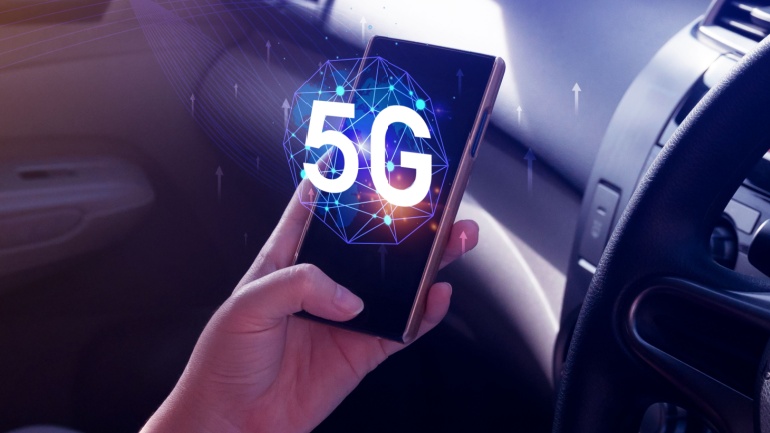Swedish telecom vendor Ericsson has recently stepped into the limelight with the unveiling of what they refer to as a ‘software toolkit’ designed to enhance and streamline premium 5G connectivity services.
This toolkit consists of four primary elements. Firstly, it introduces fresh algorithms targeted towards bolstering MIMO pairing and beamforming performance. This optimization could significantly enhance mid-band capacity. Secondly, there are modifications to RAN slicing, aimed at delivering this service faster and more reliably than before. In addition, this new toolkit promises superior low-latency capabilities, and it also introduces modifications to the 5G core, allowing users to purchase packages tailored to their preferences for ‘data boost’ or low-latency.
Sibel Tombaz, the Head of Product Line 5G RAN at Ericsson, pronounced, “We’re reshaping connectivity and facilitating a seamless transition from ‘best-effort’ mobile broadband to premium experiences with service-level agreements.” She added that, “Our new innovative software toolkit empowers our customers to unlock advanced 5G applications through differentiated connectivity. This not only guarantees on-demand service excellence but also propels us toward our vision of networks as a platform.”
In reply to this development, Changsoon Choi, the VP of Network Service Differentiation and Convergence at Deutsche Telekom (DT), observed, “Our innovation focus at Deutsche Telekom is on developing new differentiated services” He went on to elaborate that working with Ericsson and their partners has allowed them to manifest the benefits of consistent low latency and they have “actively pushed the ecosystem in this area,” and look forward to the introduction of 5G slicing and L4S in Ericsson’s RAN software.







